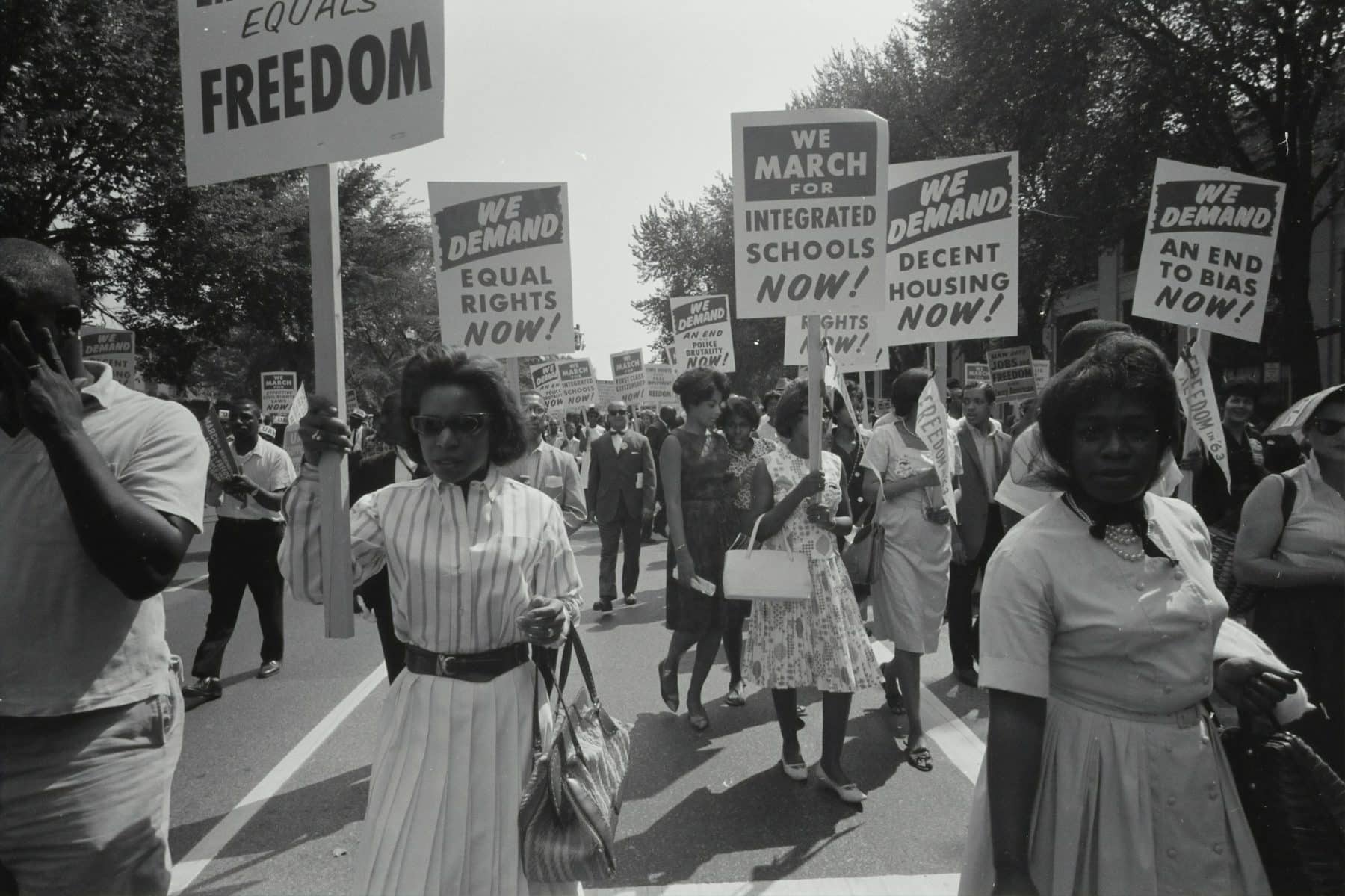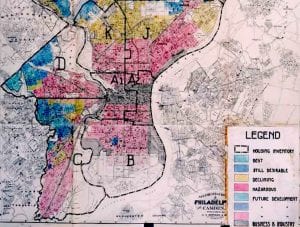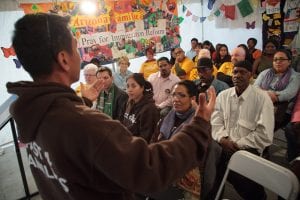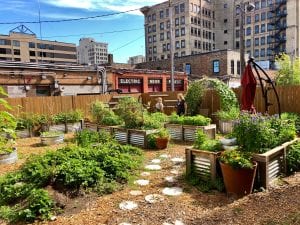
Topic
Equity
What is equity? Can it be measured? How and when does the issue come up in housing, education, employment, public utilities, and more? How are community organizations, grant-making institutions, and policymakers working to advance equity?
The Latest

Targeting First-Generation Homebuyers Is a Great Way to Direct Downpayment Assistance—And It Could Be Better
The proposed program could shrink the racial homeownership gap while serving a wide cross-section of people. But it only addresses some of the results of past discrimination.
Explore Articles in this Topic
Search & Filter Within this Topic
filter by Content Type
filter by Date Range
search by Keyword

Forming Partnerships With Public Health Departments, Part 1: Why It’s a Good Idea
What public health practitioners do and why community partners are essential to their goal of health equity.

Valuing Black Lives and Black Cities
Andre M. Perry’s Know Your Price: Valuing Black Lives and Property in America’s Black Cities reveals the web of historical and contemporary socioeconomic barriers that maintain the racial wealth divide and does this through personal narrative, history, and an exploration of a wide array of social issues.

Three Local Policy Innovations that Promote Inclusive, Equitable Mixed-Income Communities
Making inclusion and equity a reality in more American metropolitan areas is possible. Doing so requires innovations in local, regional, and state policies related to mixed-income communities.

Stop Talking About the Racial Wealth Gap
It may seem counterintuitive, but in order to close the wealth gap, we must shift our focus from the gap itself to the policies, conditions, and systems that spawned it.

Why the Community Reinvestment Act Must Be Expanded Broadly Throughout the Financial Industry
The financial industry has been one of the main perpetrators of racial discrimination. It should be obligated to serve all communities, particularly communities of color.

Keeping Gentrification From Following Green Space
LA organizers work with park professionals on policies to allow green space investment in neighborhoods that have lacked it without paving the way for displacement.

It’s Time to Move On From Community Consensus
When we rethink the problem as one of political voice rather than community consensus, it opens up new, innovative techniques to determine public priorities.

Policing, Segregation, and Causation vs. Correlation
Racial disparities in police killings increase with segregation. Does this mean segregation causes racialized police violence?

Duluth Indigenous Groups Reframe Climate Work in Cultural Context
While many conversations about climate resiliency are well-intentioned, they often lack a perspective grounded in community control and cultural context. In this interview, Ivy Vainio and LeAnn Littlewolf from the American Indian Community Housing Organization explore how gardens, worm bins, and solar panels help reclaim agency for Duluth’s Indigenous communities.

Not Your Granddad’s Suburb: Trump’s Racist Appeals Fall Flat In Diversified Suburbs
Trump attempted to win over the suburbs by using racist buzzwords, demonstrating his ignorance of what modern suburbia looks like.

Trump’s Empty Shell of a Promise to Renters
Diane Yentel slams President Trump’s latest executive order as “reckless and harmful.”

The Most We Can Do: A National Mandate for Housing Justice
As the United States wrestles with its long history of racial injustice, shared-equity programs stand as one solution to address inequality and exclusion in the realms of housing.
